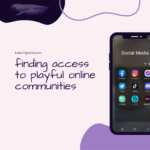Preview: Autism is a medical diagnosis that has attracted much attention in recent decades, particularly due to an increase in the numbers of children being diagnosed and the changing requirements for getting the diagnosis. In parallel online communities around autism—both those supporting individuals, families seeking treatment and those supporting embracing the autism identity—have grown. Other work has shown support groups can be useful for those encountering hardship in their lives. In this paper, I illuminate the tension in claiming the autistic identity within this community. The walls of the community work to keep community members safe, but also set them apart from others on the internet. I see that the Autcraft community goes beyond being a support group for victims of targeted violence, to one that redefines and helps community members embrace their own autistic identities.
What is autism and what impact does the label of autism have?
Autism has been the topic of much public concern in recent decades, especially since the sensationalized “autism epidemic” swept through the media. As a medical diagnosis, autism focuses on challenges for individuals; such as whether they are verbal, make eye-contact, or are sensitive to change. Often, as a label, autism is given to youth in order to gain accommodations in school, or for medical treatment. Autistic youth often experience various ways in which this label is used to disempower and disenfranchise them.
This is the case for many youth that are a part of an online community, “Autcraft,” a community centered on a Minecraft virtual world for autistic youth. While those with autism are often the target of harassment and violence in online spaces, the Autcraft community has been actively engaged in making themselves a safe space for youth with autism. Beyond simply keeping bullies out, however, the community has taken the label of “autism” and turned it into something positive—a label worth identifying with.
In the Autcraft community, I have found that the label acts both as a target and as a way for community members to redefine their identities.
Targeting Autism
Concerns over safety of children is an ongoing concern for parents and other caregivers. This is particularly true of those with autistic children, as those with autism tend to be targeted both by their peers and by strangers [32]. Much like other marginalized groups, “autism” is used as a derogatory term. Further, threats of violence can be found across the internet, including in the comments section of YouTube videos, a site used by Autcraft community members. This is especially meaningful as other related work has shown the embodied experience in these online spaces can be as impactful as in physical spaces [29]. Unfortunately, these threats of violence can also result in actual physical harm.
Harassment, threats of violence, and comments about autistic people killing themselves can have a large impact on those targeted, such as additional stress and other psychological harm [22]. The harm, however, does not stop with verbal and written threats. Like other marginalized communities, those with autism face the very real threat of violence against them [14,15].
Here is a video related to these threats of violence in the autistic community at large.
Redefining Autism
There is evidence throughout the
Autcraft community of those who are expressing their autistic identity. Autcraft
community members may be learning to understand and accept themselves or their
child as an autistic individual, but they are also learning to deal with
challenges found outside the Autcraft community where they may not find
themselves accepted and face opposition.
[alt-text for embedded tweet picture: autsome, adjective, Having autism and being extremely impressive or daunting; inspiring great admiration. “My autsome child makes me proud everyday!” synonyms: breathtaking, awe-inspiring, magnificent, wonderful, amazing, stunning, staggering, imposing, stirring, impressive; informal extremely good; excellent. “The band is truly autsome!”]
Adopting “autism” and various forms of the word—as seen in the name of the community “Autcraft”—lends to a sense of identity with others who have the same or similar medical diagnosis. Aside from using “aut” or “autistic” in their user names (i.e., the names that are displayed with their avatars and forum posts, rather than a real-world name), the Autcraft community displays this acceptance through the creation of autism-centric words, such as “autsome.” According to a community post, “autsome” means, “Having autism and being extremely impressive or daunting” and “extremely good; excellent.” Scholars have described how those with disability are often held to a higher standard and those who are “extreme” tend to be held up as inspirational. This type of “inspiration” frames disability as something to be overcome, while achieving difficult objectives. However, I argue that having language such as “autsome” is meant to be inspirational not for others looking in to the Autcraft community, but for the autistic children who are otherwise dealing with a barrage of negative language about autism. This reframes autism as an identity that is worth embracing, rather than overcoming.
Autcraft community members actively work to reshape the mainstream dialog about autism. First and foremost, members try to lead by example, following a set of tenets set out by community founders that encourage and promote good behavior. Community members also engage in outreach to both educate others and to make their own expressions of their autistic identities more visible to others. Members of the Autcraft community engage in activities—much like creating memorials for victims of violence—that purposefully shed light on the hardships they have faced. These efforts are examples of how those with marginalized identities fight back against oppression. As scholars, by listening to these community members and understanding their activities, we can begin to elevate the voices of those who have long been silenced.
For more details about our methods and findings, please see my paper that has been accepted to iConference 2019 (to appear in April 2019). Full citation and link to the pdf below:
Kathryn E. Ringland. 2019. “Autsome”: Fostering an Autistic Identity in an Online Minecraft Community for Youth with Autism. In iConference 2019 Proceedings. [PDF]
Acknowledgements: I thank the members of Autcraft for the warm welcome to their community. Thank you to members of LUCI for their feedback and special thanks to Severn Ringland for his diligent editing. I would also like to thank Robert and Barbara Kleist for their support, as well as the ARCS Foundation. This work is covered by human subjects protocol #2014-1079 at the University of California, Irvine. This work is supported by the National Institute of Mental Health (T32MH115882). The content is solely the responsibility of the authors and does not necessarily represent the official views of the NIH.
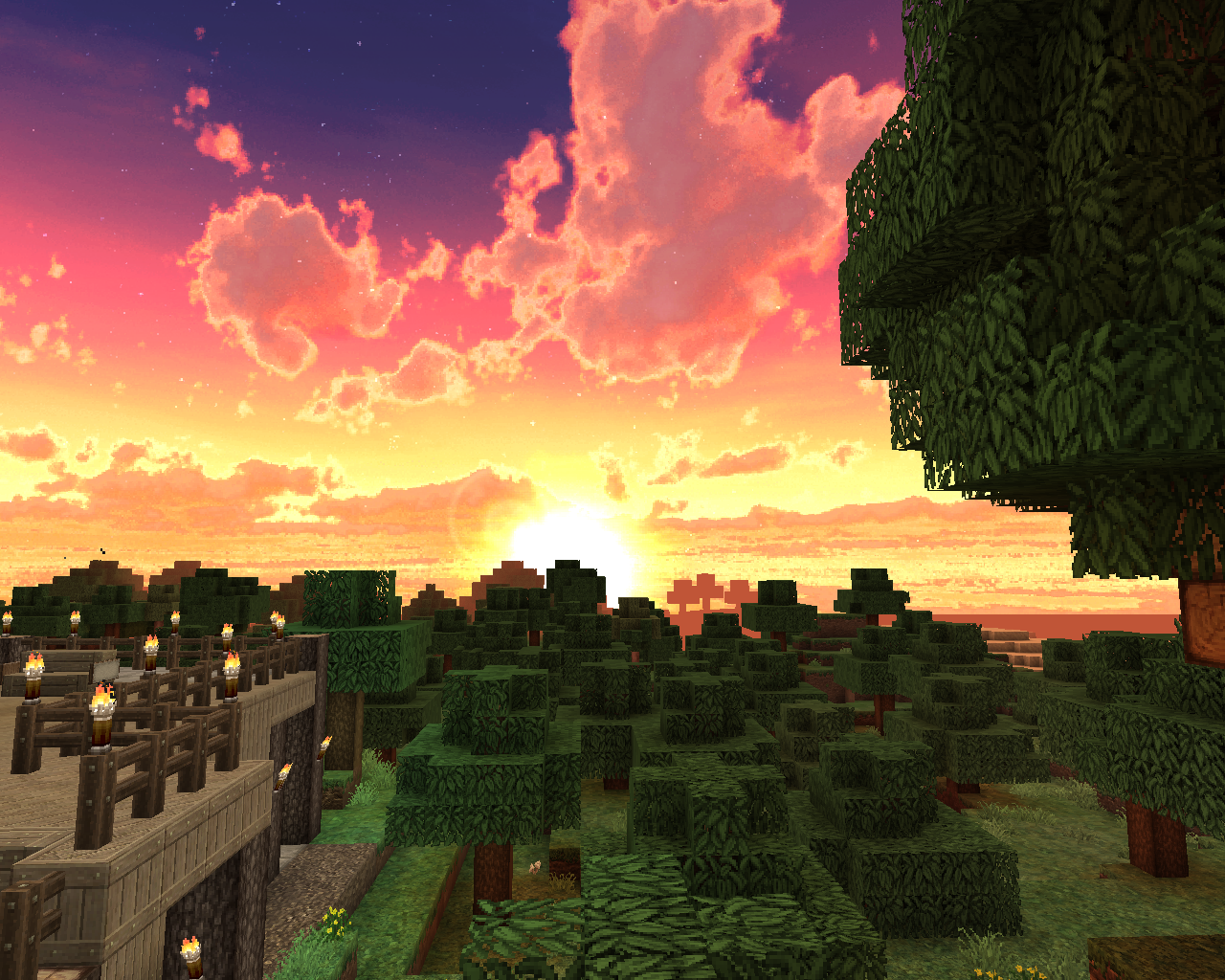
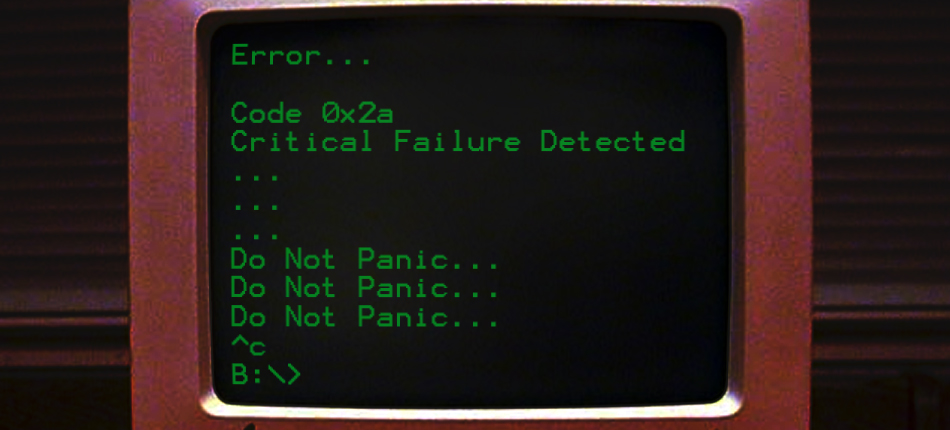



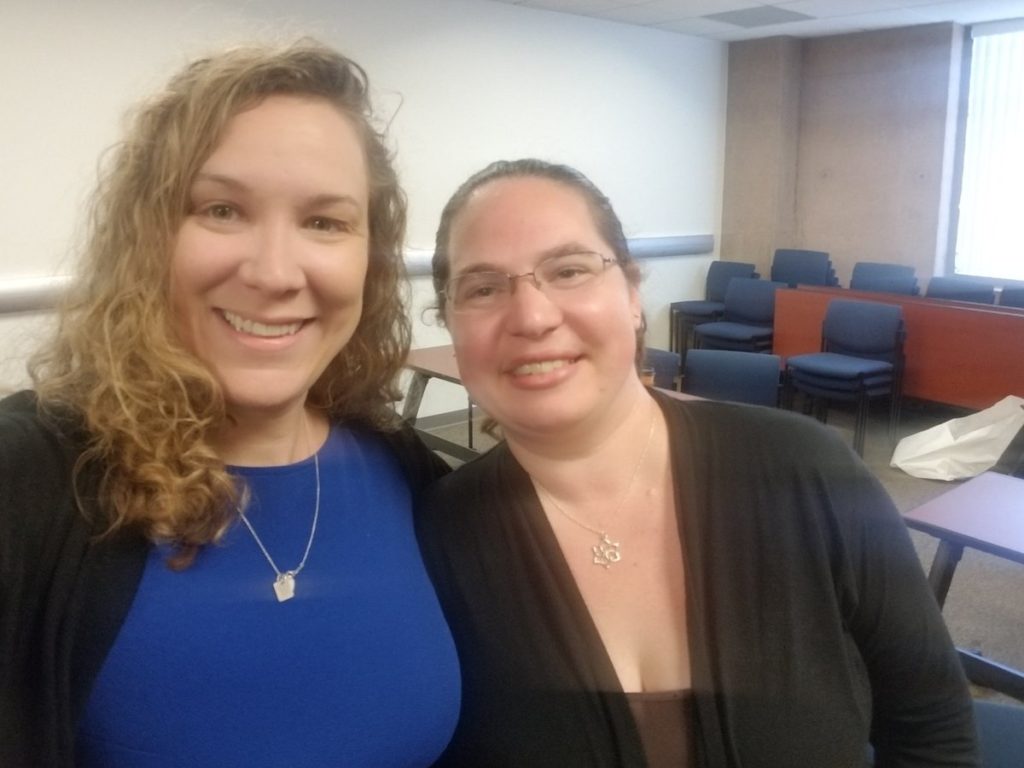


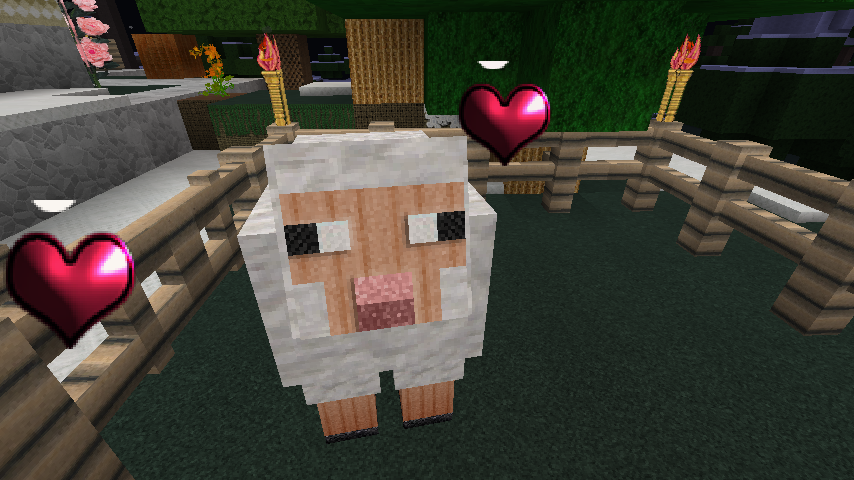

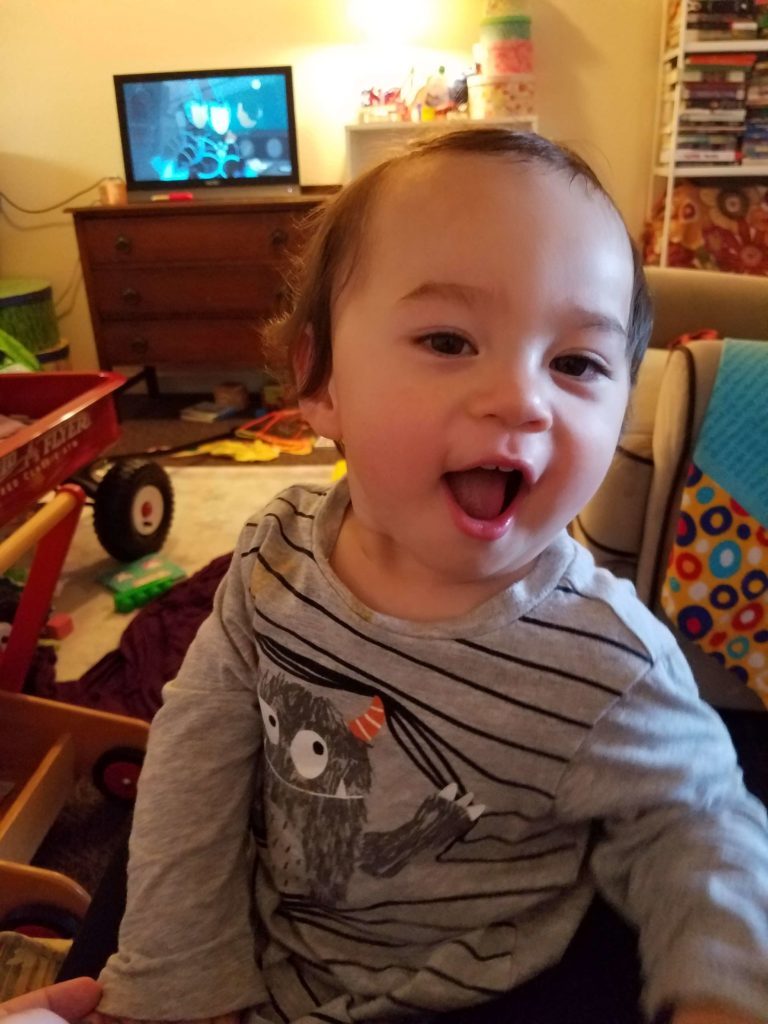
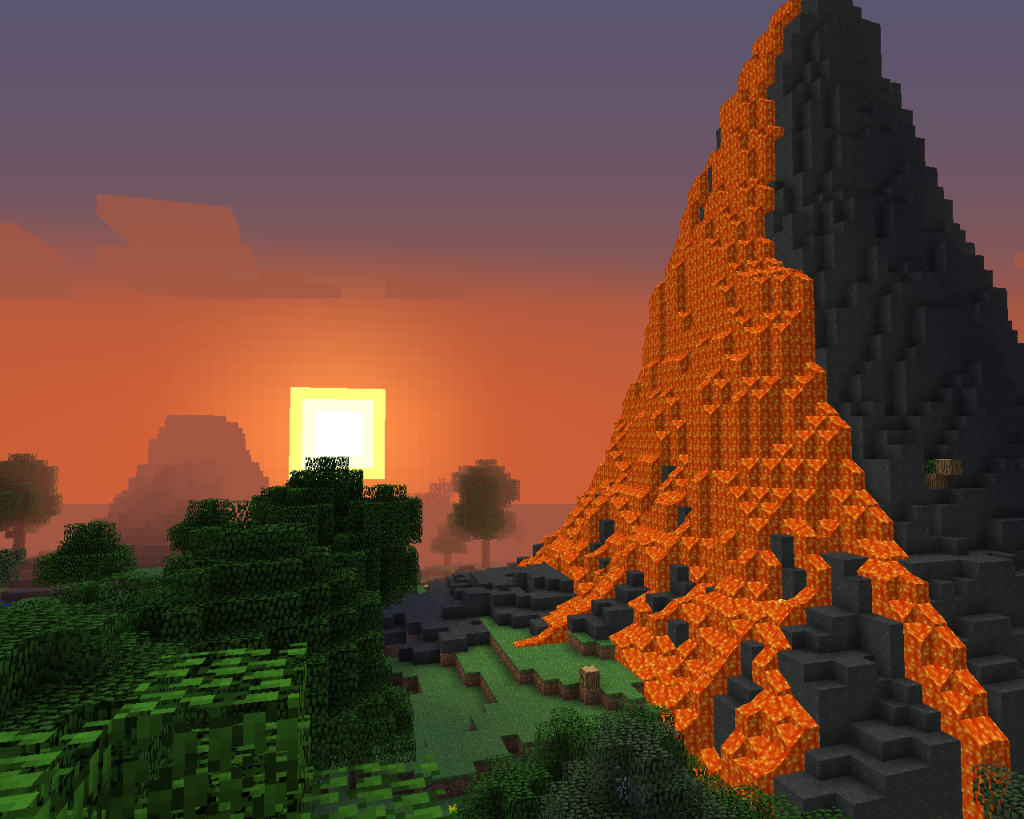
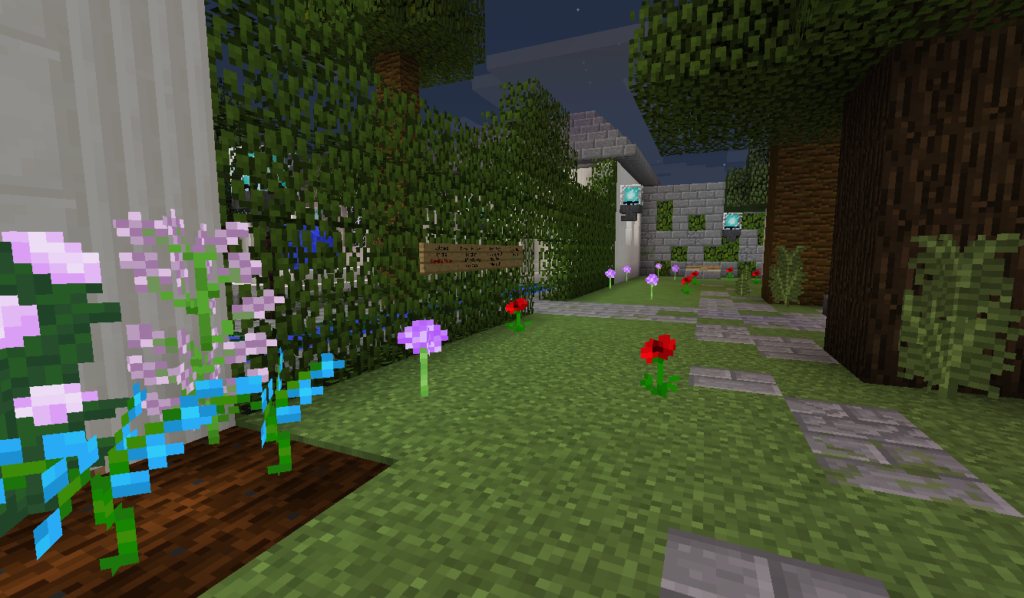
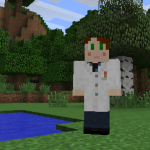 Acknowledgements: We thank the members of Autcraft for the warm welcome into their community. We also thank members of LUCI and the anonymous reviewers for their feedback on this paper, and Robert and Barbara Kleist for their support. This work is covered by human subjects protocol #2014-1079 at the University of California, Irvine.
Acknowledgements: We thank the members of Autcraft for the warm welcome into their community. We also thank members of LUCI and the anonymous reviewers for their feedback on this paper, and Robert and Barbara Kleist for their support. This work is covered by human subjects protocol #2014-1079 at the University of California, Irvine.